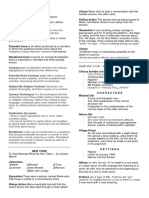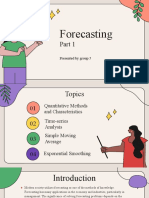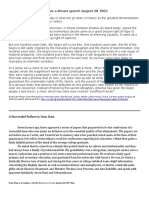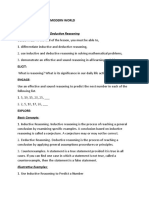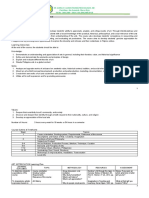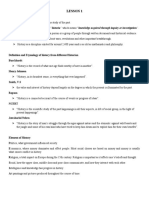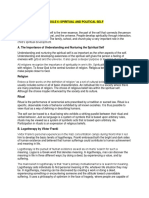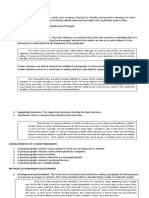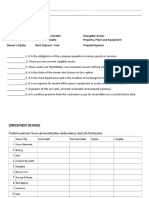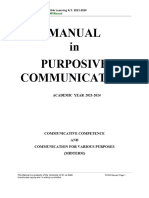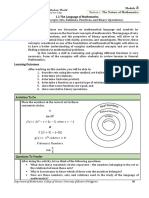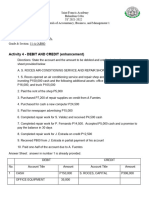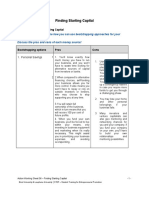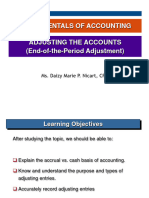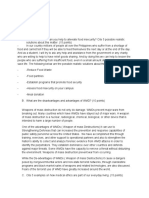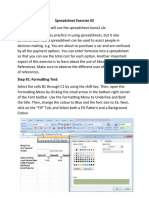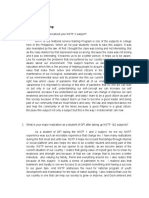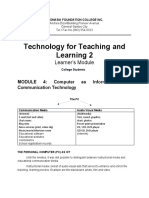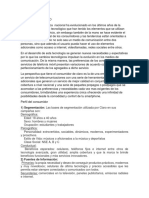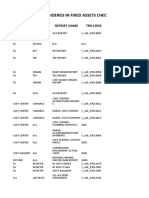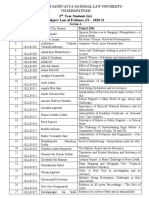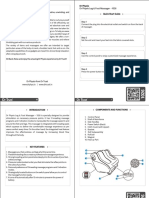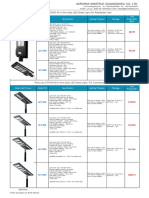0% found this document useful (0 votes)
569 views46 pagesWelcome To CS256 31427
The document provides instructions for CS256 class. It mentions that students should:
1. Read the syllabus when received to find answers about homework folder deductions and making up assignments.
2. Complete homework assignment #1 by the next class, which involves exercises from the textbook and placing the homework and signed syllabus in pocket folders.
3. Bring two pocket folders to the next class with their name and class on the outside.
Uploaded by
Ramses MalalayCopyright
© © All Rights Reserved
We take content rights seriously. If you suspect this is your content, claim it here.
Available Formats
Download as DOCX, PDF, TXT or read online on Scribd
0% found this document useful (0 votes)
569 views46 pagesWelcome To CS256 31427
The document provides instructions for CS256 class. It mentions that students should:
1. Read the syllabus when received to find answers about homework folder deductions and making up assignments.
2. Complete homework assignment #1 by the next class, which involves exercises from the textbook and placing the homework and signed syllabus in pocket folders.
3. Bring two pocket folders to the next class with their name and class on the outside.
Uploaded by
Ramses MalalayCopyright
© © All Rights Reserved
We take content rights seriously. If you suspect this is your content, claim it here.
Available Formats
Download as DOCX, PDF, TXT or read online on Scribd
/ 46

